
Category:
Time:
In industrialized countries, gradual innovations dominate the food and packaging sector whereas real breakthroughs are rare. Therefore, future developments can be predicted from the state of the art as the market penetration of new technologies may take decades.
Often-mentioned innovation areas in food packaging are active and intelligent packaging and bio-based polymers. New regulations for food contact of these systems had to be created, finally leading to the 450/2009/EC in 2009 on active and intelligent materials and articles. It was expected that this new class of packaging would have a huge impact on the market. Today, the main types of active food packaging are oxygen absorbers and a gradual increase in market volume is observed.
Antimicrobially active materials or materials for the control of the humidity in the interior of packages are still in the development stage. Their feasibility has been shown in principle, but successful applications are still few. Here, growth can be expected, especially in the sectors of fresh produce and meat.
In the sector of intelligent packaging, monitoring and indication of the quality status of the product via freshness indicators is often believed to replace the “best before”-date. Their reliability, however, is still very limited and they have to be adapted to every individual product.
Bio-based and biodegradable plastics are continuously discussed as solution for the problems of limited resources and abundant littering. Here, the limited barrier properties of fully bio-based polymers will favor the production of conventional polymers from natural raw materials. Finally, appropriate packaging for delivery at home is to be developed as current systems are still in their infancy.
As a conclusion, we observe many possibilities for innovations in food packaging, but the rate for true product innovations to appear on the market will be relatively low.
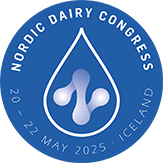








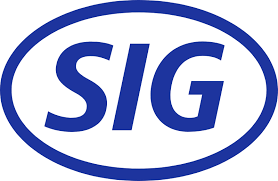



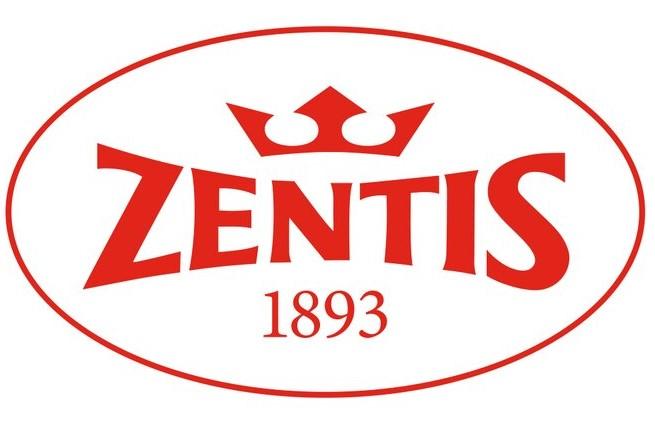
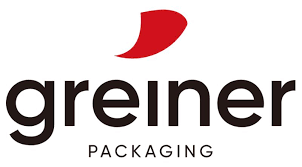
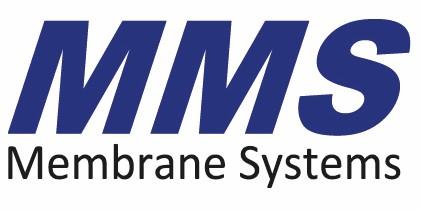


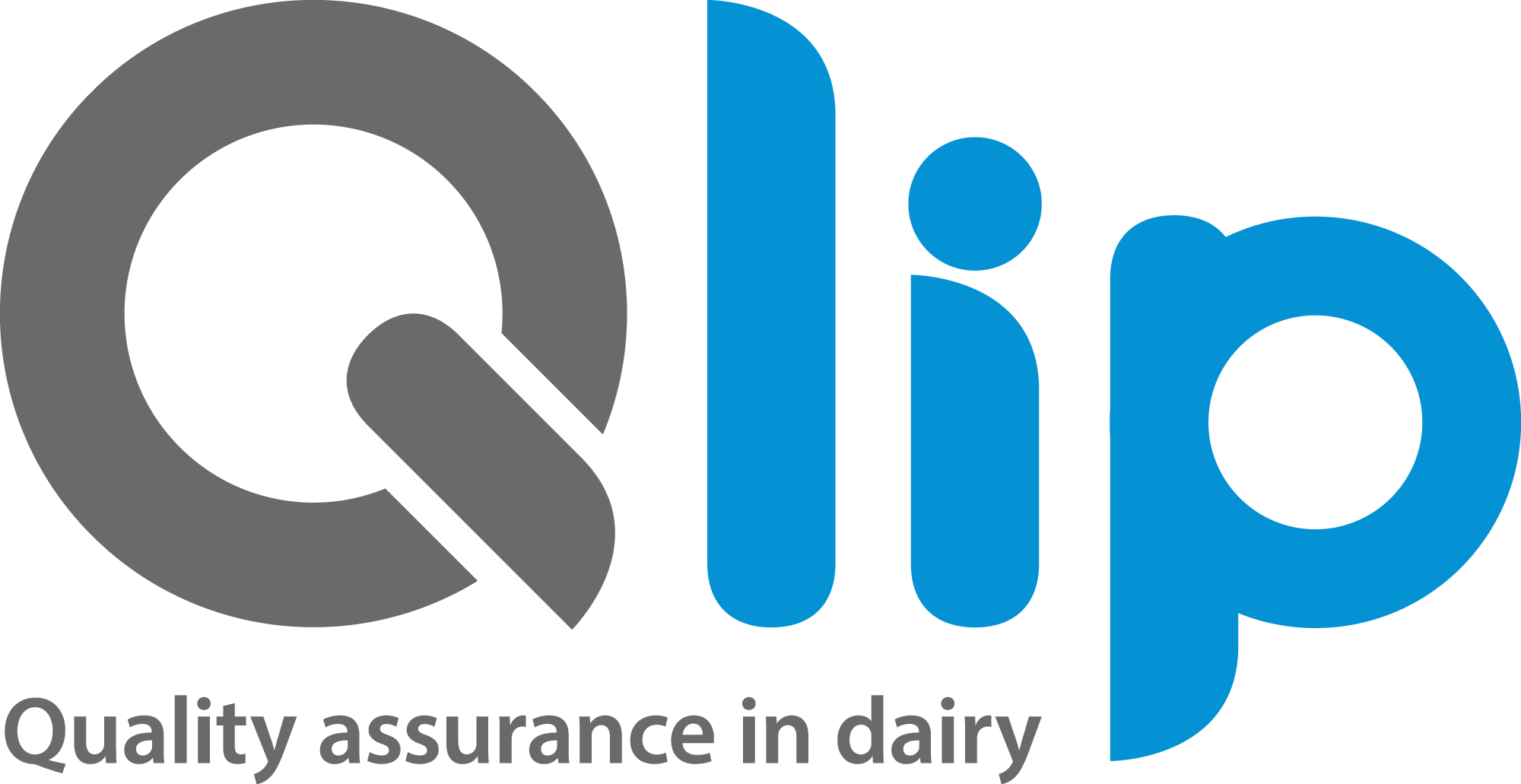









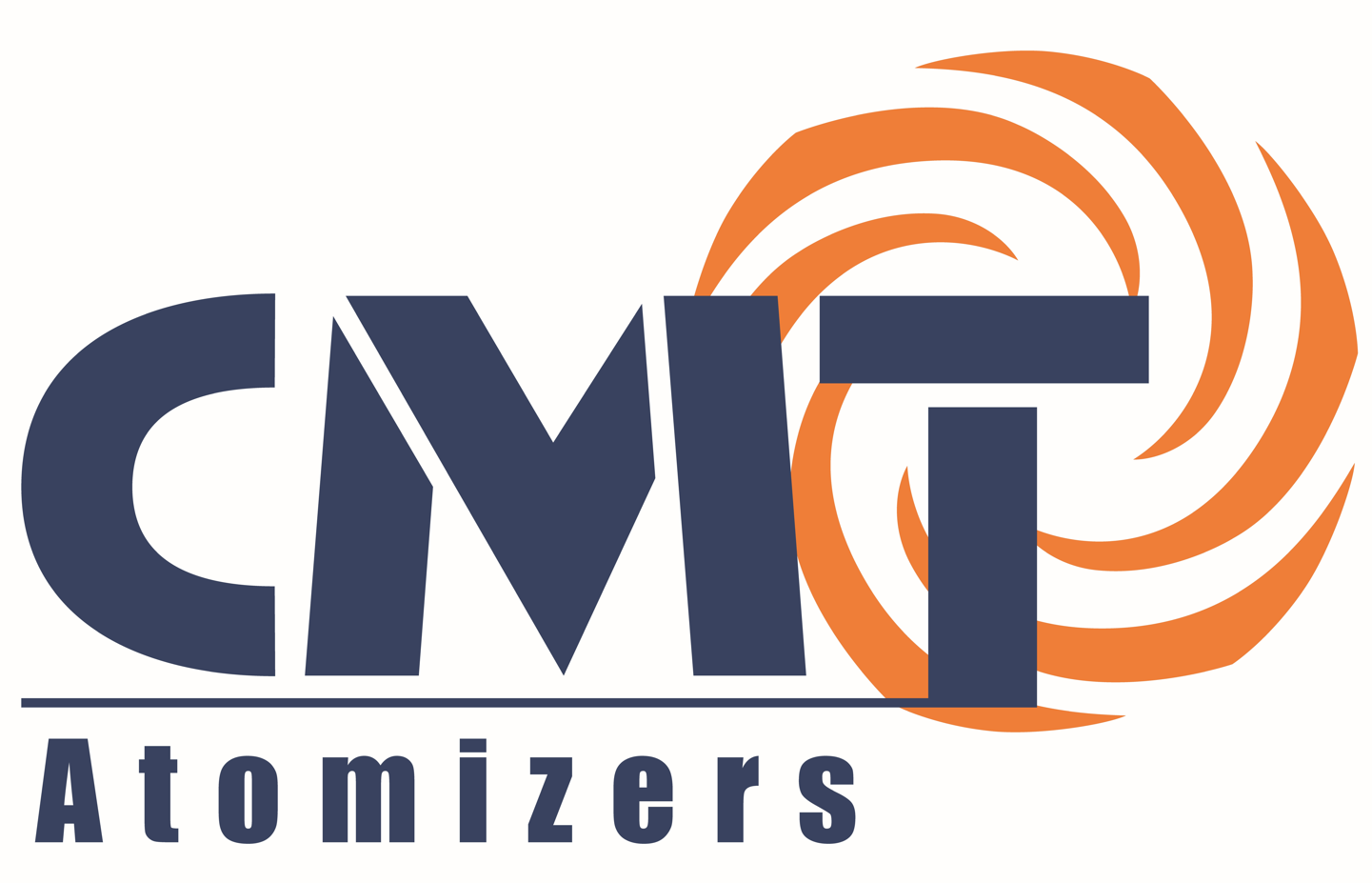
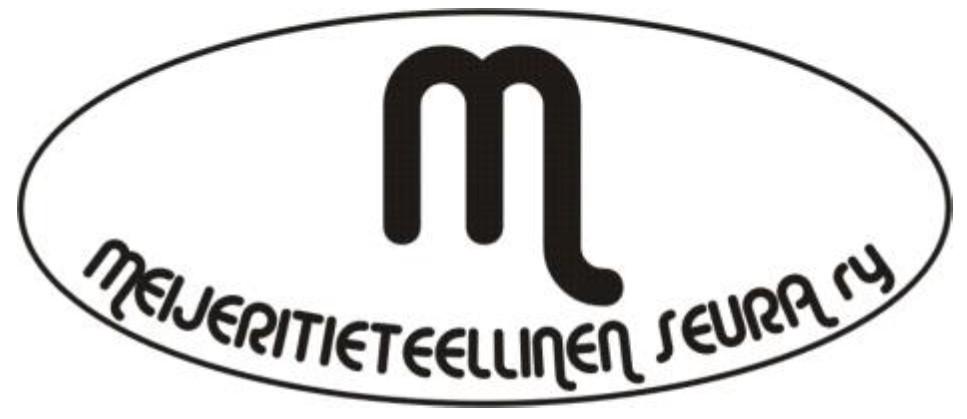


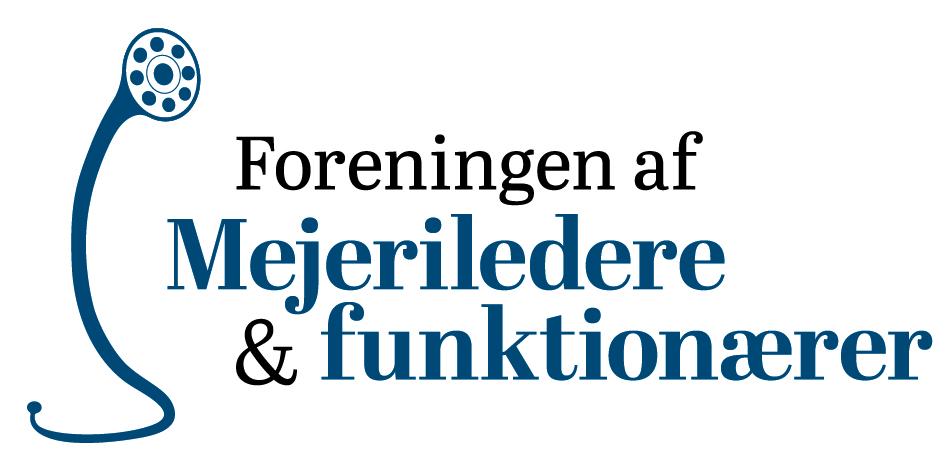



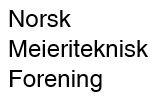
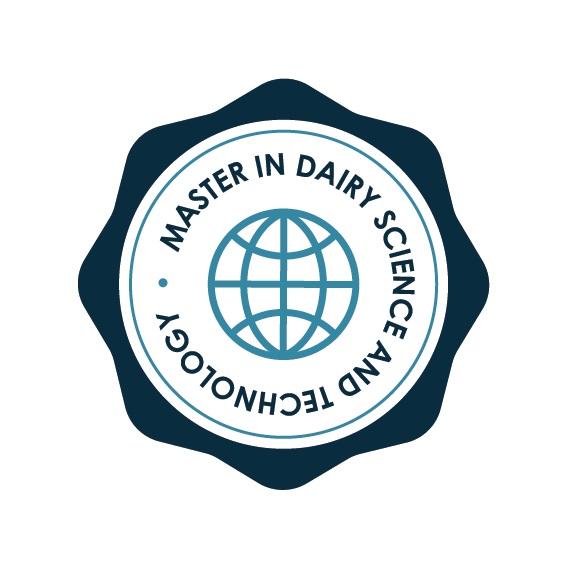


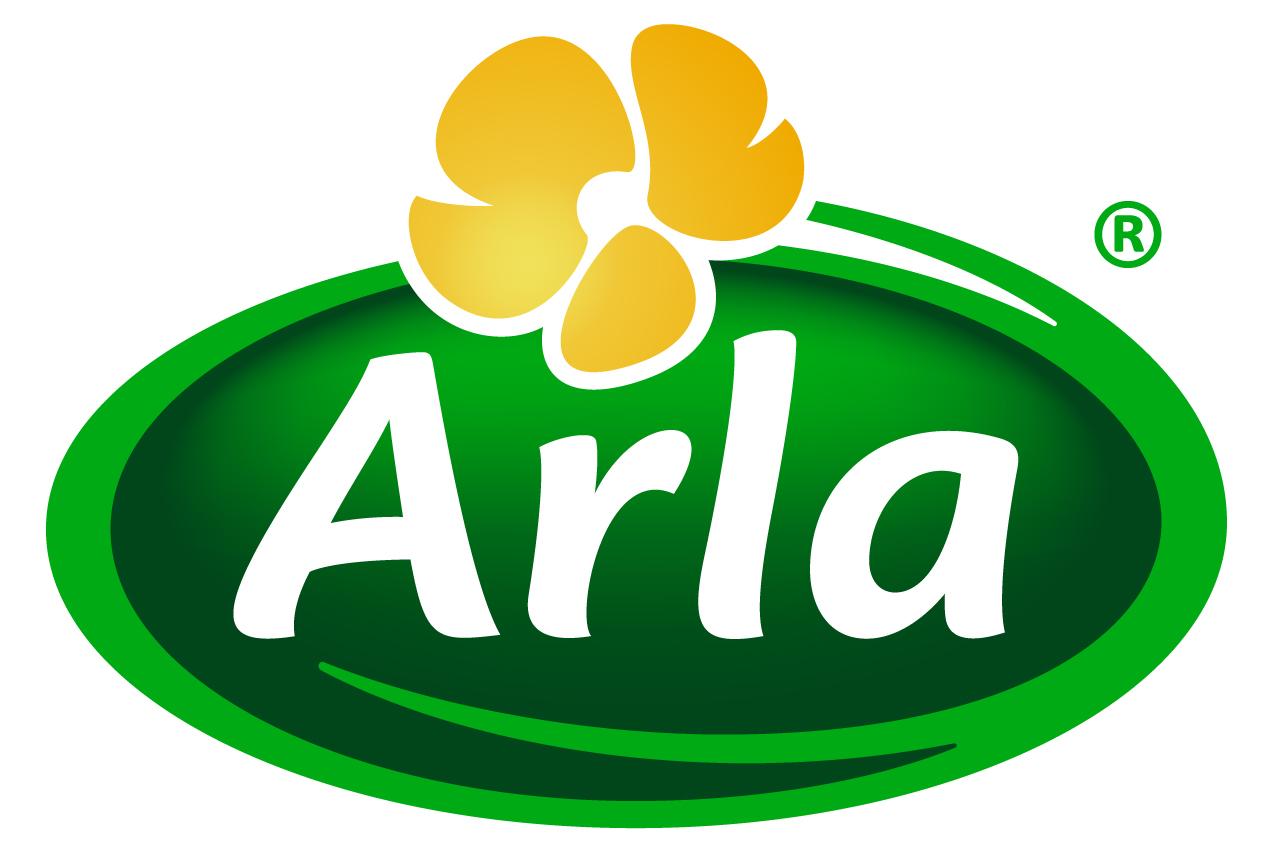

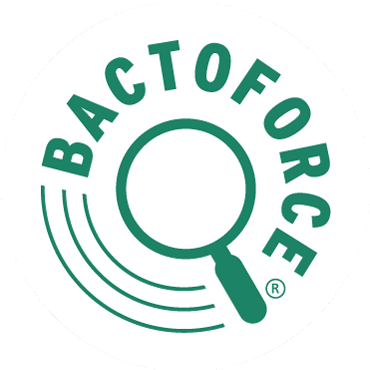


 Munkehatten 28
Munkehatten 28